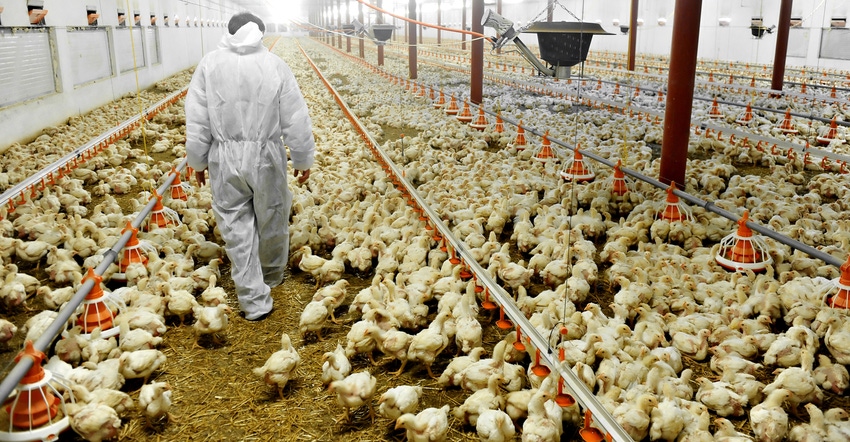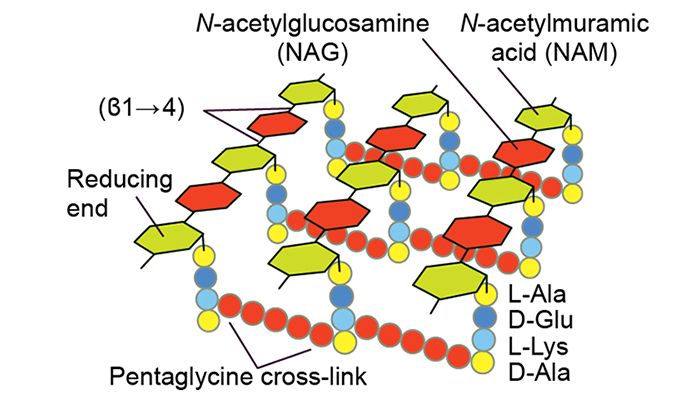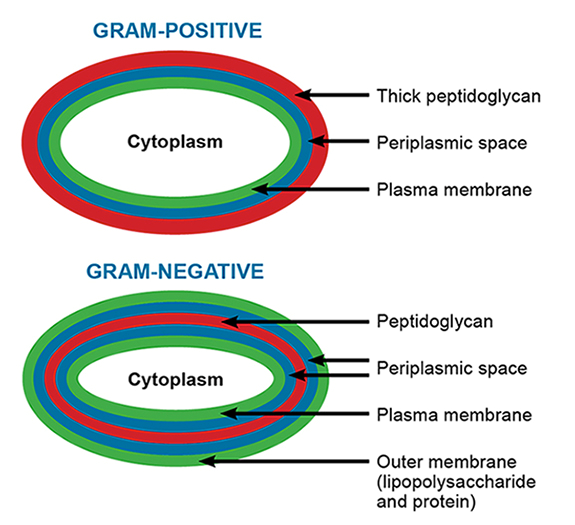Bacterial peptidoglycans – snicking away at animal performance
Released when normal gut bacteria reproduce or die, peptidoglycans can interfere with normal digestive function resulting in decreased production and profit loss.
December 17, 2017

Sponsored Content
As animal production becomes more and more sophisticated, previously unobserved factors that potentially hinder performance become more important. Intestinal commensal bacteria – bacteria that live together – fit this narrative.
Cell walls of nonpathogenic gram-negative bacteria are mostly lipopolysaccharides. Peptidoglycans (PGN), or murein, are primary components of gram-positive bacteria. In normal intestinal bacteria, neither class causes disease. But cell wall fragments which remain in the intestine as “intestinal rubbish” can push performance downward.
This is particularly the case with PGN – a thread that unites all bacteria types, regardless of species, type, or any other classification. While necessary for the survival of bacteria, PGN can snick away at bird performance and profits and not be noticed.
What is a Peptidoglycan?
PGN is a massive polymer of amino acids (e.g., peptido-) and sugars (e.g.,-glycan) unique to bacterial cell walls. The carbohydrate or sugar constituents alternate from B-(1,4)-linked N-acetylglucosamine (NAG) to N-acetylmuramic acid (NAM) crosslinked by short peptides (Figure 1). Amino acids meld into a 2- or 3-dimensional lattice to reinforce and give strength. PGN provides the bacteria with structural support against osmotic pressure.
PGN undergoes constant growth and division in a manner similar to bone reconstruction in animals. As much as a 50% turnover of PGN occurs within one generation, according to researchers.

Peptidoglycan Exposure Levels
In gram-positive (G+) bacteria, PGN is about 90% of the dry weight. (Figure 2). G+ bacteria predominate in the intestinal tract. In the turkey microbiome, for example, 77% of the microbes were G+ rods, while 14% were G-, and 9% were G+ cocci. In healthy swine, 71% of microbes were G+. This shows that G+ bacteria exist at a disproportionately higher level in the intestinal tract.
Natural bacterial cell death generates an abundant source of PGN in the intestine. In one study, 34% of total fresh fecal bacteria was classified as dead. In another, 32% of fresh fecal bacteria was dead, while an additional 20% was “injured.” And although G+ lactococci are resistant to gastric acidity (90 to 98% survival), only 10 to 30% survive the duodenum. In fact, 60% of fecal mass is comprised of bacteria..
And airborne PGN can be abundant in animal production facilities and grain processing plants. PGN carried on dust particles is common in swine farrowing and nursery production units. Nebraska research shows repetitive exposure to aerial organic dust particles can be debilitating to lung function in mice.
When airborne sources are added to intestinal sources, exposure to this cellular “rubbish” is quite high. It is this constant rubbish level that can physically interfere with normal enzyme-substrate functions.

The High Cost of Excessive Mucin Secretion
Intestinal mucous protects against potential pathogens and toxins, impeding their entry into the blood stream. There has been a growing recognition that PGN and lipopolysaccharides act as intestinal antagonists and stimulate mucin secretion. This can adversely affect animal performance efficiency via the intestinal mucous barrier.
For example, about one-third of the amino acid content of mucin is threonine. The gastrointestinal requirement for most essential amino acids is 14 to 33% – but for threonine, this jumps to 61% for gut-related functions and mucin production. Swine research finds insufficient dietary threonine restricts intestinal mucin secretion.
Because mucin is essentially indigestible to the animal, mucin represents a net nitrogen loss. Thus, excessive mucin synthesis and secretion fueled by antagonists like PGN is nutritionally costly.
In the End
The greatest threats to efficient and profitable animal performance are those that go unobserved. They allow stressors to secretly chip away at normal body processes, diverting nutrients away from growth and efficiency. Peptidoglycans fit this category.
About the Author(s)
You May Also Like



